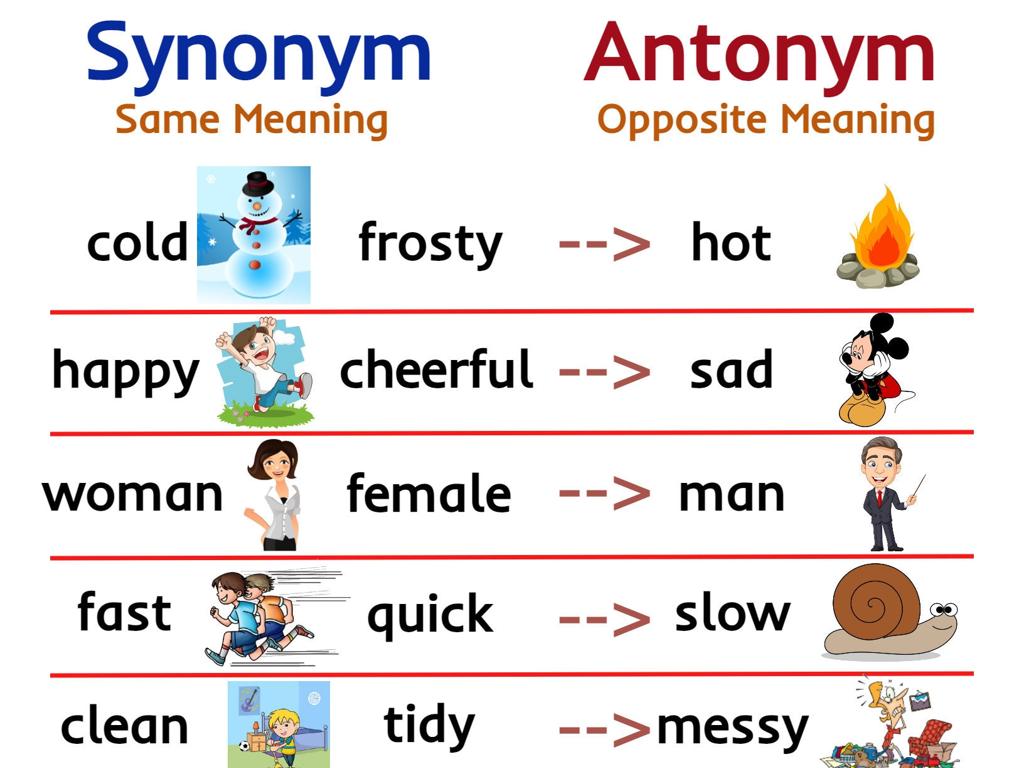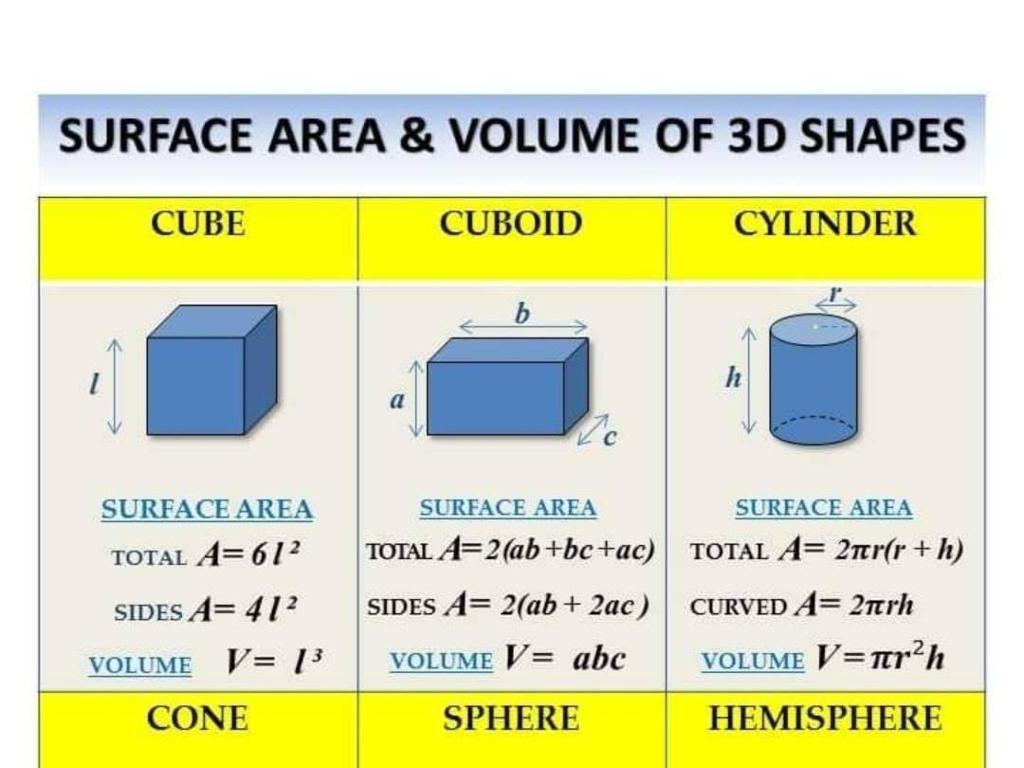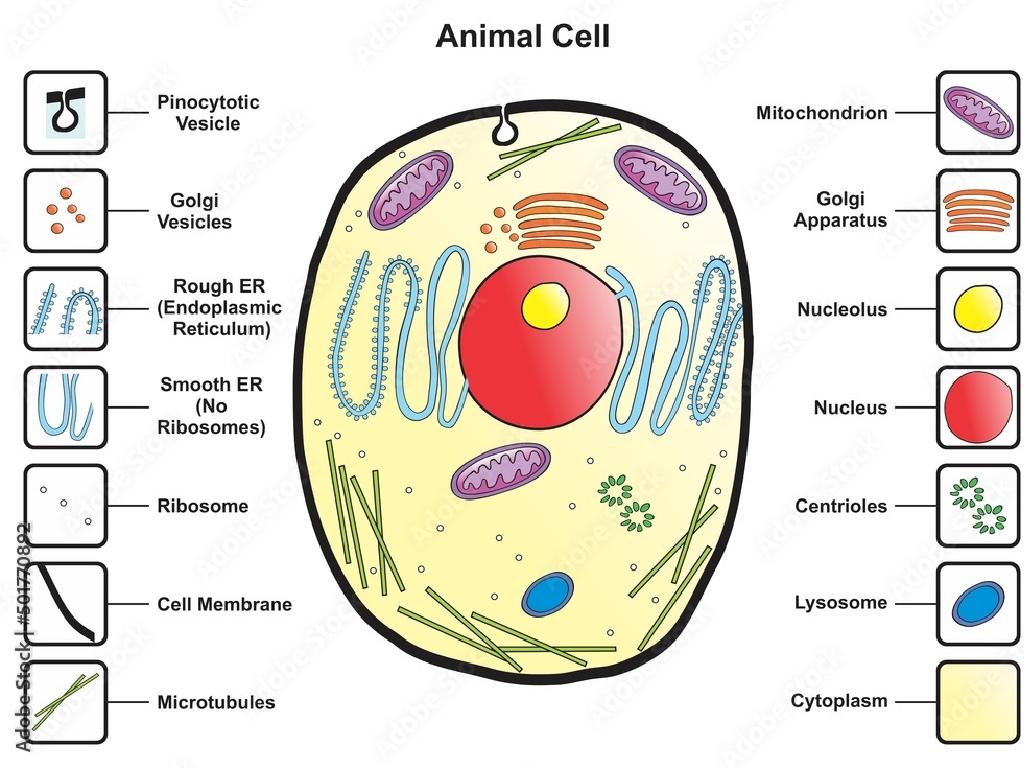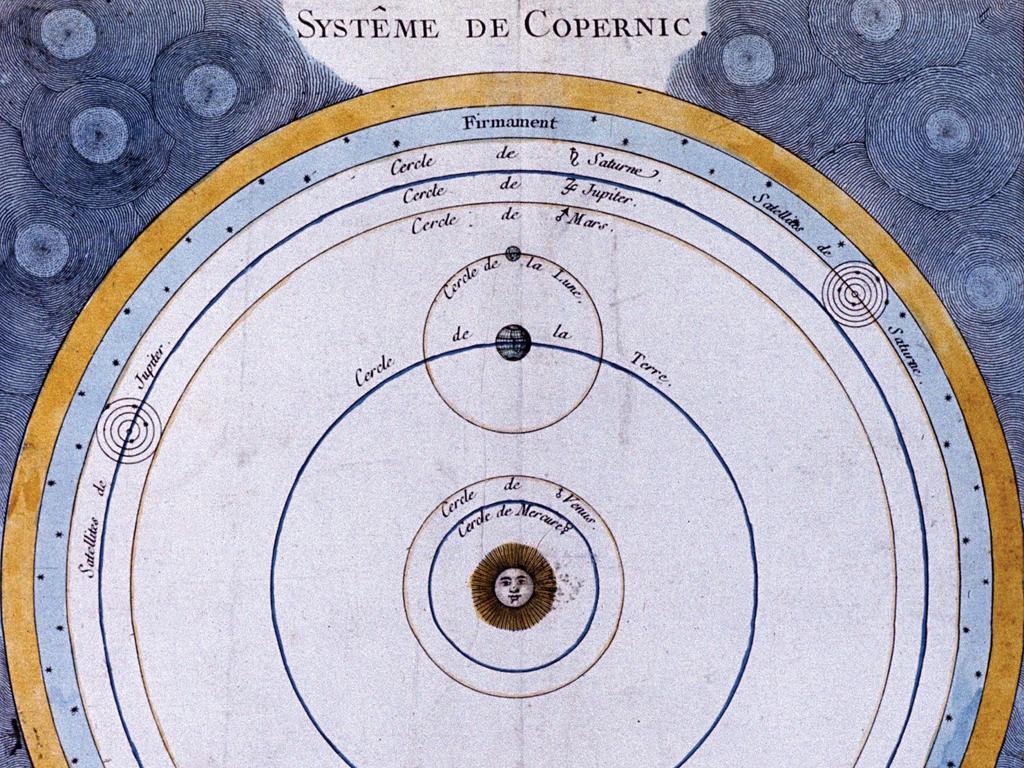Sort Short And Long Vowel Words
Subject: Language arts
Grade: Second grade
Topic: Short And Long Vowel Patterns
Please LOG IN to download the presentation. Access is available to registered users only.
View More Content
Welcome to Vowel Town!
– Adventure in Vowel Town begins
– Learn short & long vowel sounds
– Short vowels: ‘a’ as in ‘cat’, Long vowels: ‘a’ as in ‘cake’
– Discover why vowels are key
– Vowels are the building blocks of words.
– Vowels in reading & writing
– Knowing vowel sounds helps with spelling & pronunciation.
|
This slide introduces the concept of short and long vowel sounds to second graders in a fun and engaging way by taking them on an ‘adventure’ in Vowel Town. The goal is to help students understand the difference between short and long vowels and why they are important. Emphasize that vowels are crucial in forming words and are often the first sounds children learn to recognize. Explain that mastering vowel sounds can greatly improve their reading and writing skills. Activities can include listening to words and identifying the vowel sounds, sorting words based on vowel sounds, and practicing writing words with short and long vowels. Encourage students to think of words they know and decide if the vowels are short or long.
Meet the Vowels: A, E, I, O, U
– Introduce short and long sounds
– Each vowel has two sounds: short and long
– Example: Short A in ‘cat’
– ‘cat’ has a short A sound, like ‘a’ in ‘apple’
– Example: Long A in ‘cake’
– ‘cake’ has a long A sound, like ‘ay’ in ‘day’
– Practice vowel sounds together
|
This slide is designed to introduce the concept of short and long vowel sounds to second graders. Start by explaining that vowels are special letters in our alphabet that can make different sounds. Give examples for each vowel, starting with the letter A, and demonstrate the short and long sounds. Use familiar words like ‘cat’ for the short A sound and ‘cake’ for the long A sound. Engage the class by practicing the sounds together, ensuring they understand the difference between short and long sounds. This will help them in reading and spelling words correctly. Encourage the students to come up with more examples and to listen for these sounds in words during their daily reading.
Exploring Short Vowel Sounds
– What is a short vowel sound?
– A short vowel sound is like the ‘a’ in ‘cat’.
– Short vowels in simple words
– They are often found in one-syllable words.
– Reading short vowel words
– Words like ‘hat’, ‘pet’, ‘sit’, ‘hot’, ‘hug’.
– Practice with examples
– Try ‘bat’, ‘pen’, ‘kit’, ‘pot’, ‘bug’ together.
|
This slide introduces the concept of short vowel sounds to second graders. Begin by explaining that a short vowel sound is the sound a vowel makes in a word when it’s not the same as the letter’s name. Use examples like ‘cat’, ‘bed’, ‘big’, ‘top’, and ‘cut’ to illustrate short vowel sounds. Emphasize that these sounds often appear in shorter, simple words that are typically one syllable. Engage the class by reading some short vowel words together, and encourage them to practice saying and listening for the short vowel sounds in words. Provide additional examples for them to practice with and prepare a list of words for an interactive class activity where students can identify the short vowel sounds.
Exploring Long Vowel Sounds
– What defines a long vowel sound?
– Long vowels ‘say their name’
– Like in ‘cake’, ‘seat’, ‘bike’, ‘cone’, ‘cute’
– Reading long vowel words
– We’ll read words like ‘cake’, ‘bike’, and ‘mule’
– Practice with examples
– Find words in your book with long vowels
|
This slide introduces the concept of long vowel sounds to second graders. Begin by explaining that a long vowel is when the vowel sounds like its name, such as the ‘a’ in ‘cake’. Use familiar and simple words to illustrate this point. Engage the class by reading long vowel words together, ensuring to emphasize the vowel sounds. Encourage the students to practice by finding examples of long vowel words in their favorite books or classroom reading materials. This activity will help them recognize and differentiate between short and long vowel sounds in words, which is a key skill in language arts.
Sorting Short and Long Vowels
– Understanding vowel sounds
– Vowels can make short or long sounds
– Clues to identify vowel sounds
– Look for patterns like silent ‘e’ or double vowels
– Interactive sorting activity
– Practice makes perfect
– We’ll sort words as a class and learn together
|
This slide introduces the concept of short and long vowel sounds to second graders. Begin by explaining that vowels can make different sounds depending on how they’re used in words. Provide clues for identifying these sounds, such as the presence of a silent ‘e’ at the end of a word indicating a long vowel sound, or double vowels which often mean the vowel is long. Engage the class with an interactive activity where students come to the board to sort words into short or long vowel categories. This hands-on approach reinforces learning and allows students to practice the concept. Encourage participation and provide positive feedback to build confidence.
Short vs. Long Vowel Game
– Let’s play a vowel sorting game
– Listen to the word I say
– Decide if it’s a short or long vowel
– Short vowel examples: ‘hat’, ‘bed’. Long vowel examples: ‘cake’, ‘seat’
– Get ready to have fun and learn!
|
This interactive game is designed to help students differentiate between short and long vowel sounds in words. As the teacher, you will say a word out loud, and the students will indicate whether the word contains a short or long vowel sound. Prepare a list of words with both short and long vowels to use during the game. Encourage students to listen carefully to the vowel sounds and use their knowledge of vowel patterns to make their decisions. You can make this activity more engaging by turning it into a competition or by rewarding correct answers with small tokens or praise. This will help reinforce their understanding of vowel sounds in a fun and memorable way.
Create Your Own Vowel Story
– Write a short vowel story
– Think of a fun tale or adventure
– Use both short and long vowels
– Include words like ‘hat’ (short a) and ‘cake’ (long a)
– Illustrate your story with drawings
– Draw your characters and settings
– Share your story with the class
|
This activity encourages students to apply their knowledge of short and long vowel sounds by writing their own stories. They should aim to use a mix of short and long vowel words to show they can differentiate between the two. For example, they might use ‘hat’ and ‘cake’ to demonstrate the short and long ‘a’ sounds. Encourage creativity in both their writing and their illustrations, allowing them to make a personal connection with the lesson. After completing their stories, students will have the opportunity to present their work to the class, which will help reinforce their understanding and build their confidence in reading and writing.
Class Activity: Vowel Flip Book
– Create your vowel flip book
– Sort words by vowel sounds
– Use short vowel words like ‘hat’ and long vowel words like ‘hate’
– Decorate your flip book
– Present your book to the class
– Explain why you sorted the words that way
|
This activity is designed to help students distinguish between short and long vowel sounds by creating a personalized flip book. Provide students with a template for the flip book, or instruct them on how to make one from scratch using paper and staples. Guide them to sort a list of words into short and long vowels, placing them on different pages of the flip book. Encourage creativity by allowing them to decorate their flip books with drawings or stickers. Once completed, each student will have the opportunity to share their flip book with the class, explaining their sorting choices. This will reinforce their understanding of vowel sounds and give them practice in public speaking. Prepare a list of words for students to choose from and consider having extra materials on hand for decoration.
Review and Goodbye!
– Recap: Short vs. Long Vowels
– Short vowels: ‘a’ as in ‘cat’, Long vowels: ‘a’ as in ‘cake’
– Examples of Short and Long Vowels
– Can you think of a word with a short ‘e’ and a long ‘e’?
– Celebrating our Learning
– Farewell to Vowel Town
– Remember the vowel sounds we learned today.
|
As we wrap up today’s lesson, we revisit the key concepts of short and long vowel sounds. Encourage the students to reflect on what they’ve learned by asking them to provide examples of each type of vowel sound. Celebrate their efforts and understanding, reinforcing the idea that recognizing vowel sounds is a crucial skill in reading and spelling. End the class on a positive note, looking forward to the next adventure in Vowel Town, where they will continue to explore and master vowel patterns.






